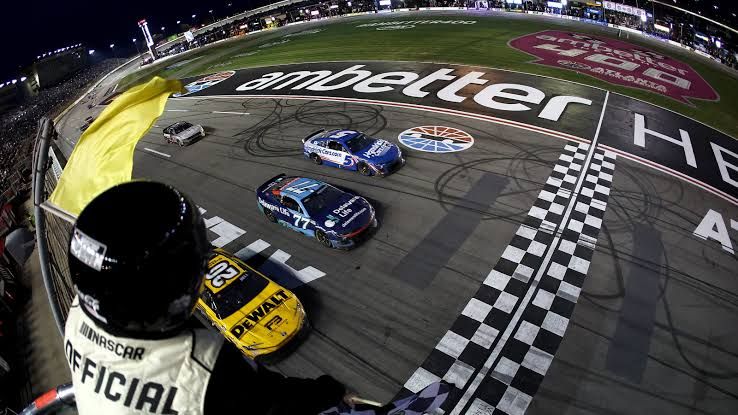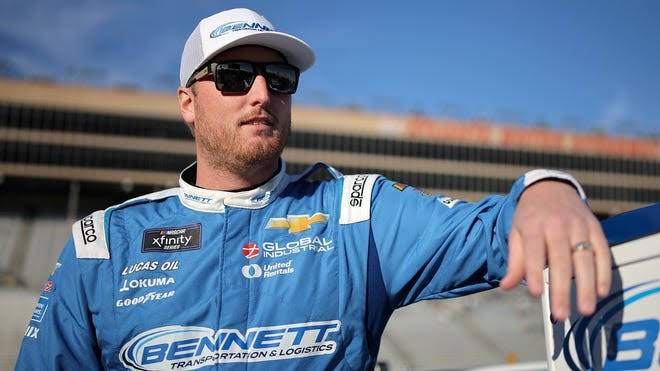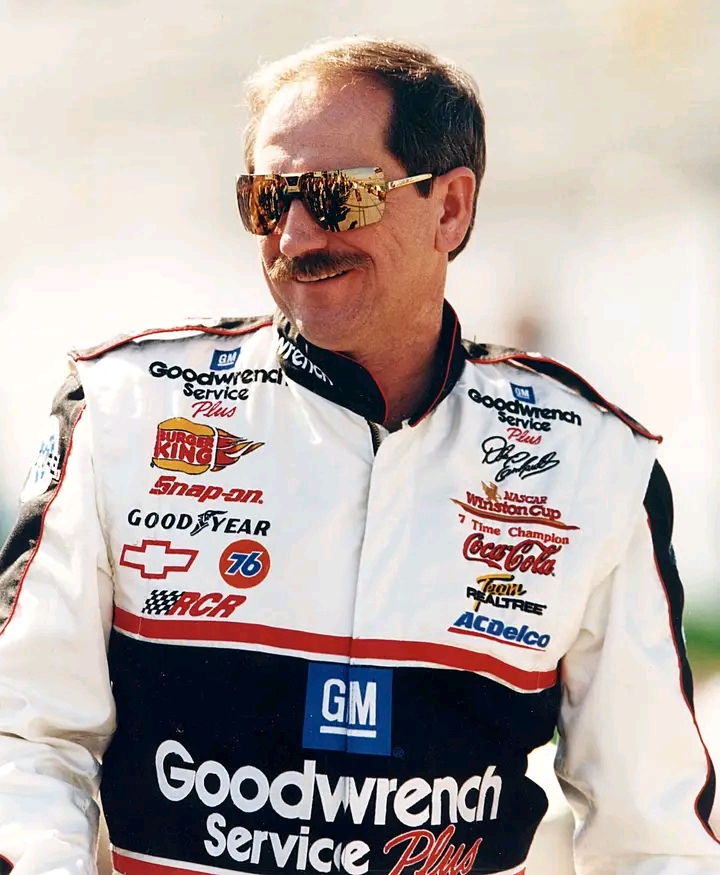In a recent NASCAR Xfinity Series race at Atlanta Motor Speedway, Austin Hill secured victory under circumstances that have since sparked debate regarding NASCAR’s caution flag protocols. On the final lap, a multi-car incident occurred off Turn 2, yet NASCAR officials chose not to deploy the caution flag, allowing the race to continue under green. This decision permitted Hill to maintain his lead and cross the finish line unchallenged.
In the aftermath, NASCAR’s Senior Vice President of Competition, Elton Sawyer, acknowledged that withholding the caution was a misjudgment. He stated, “It was a decision that NASCAR senior vice president of competition Elton Sawyer labeled as ‘a little aggressive’ and said that the caution should have been thrown.”

This incident has intensified discussions about the consistency of NASCAR’s application of caution flags, especially during critical race moments. The absence of a caution in this scenario not only influenced the race’s outcome but also raised concerns about driver safety, as competitors navigated through the crash scene at full speed.
In response to the controversy, NASCAR has pledged to reassess and refine its caution flag procedures to prioritize safety and maintain fair competition. This commitment aims to prevent similar situations in future events, ensuring that race outcomes are determined under conditions that uphold the integrity of the sport.
While Austin Hill’s victory remains official, the circumstances surrounding it have prompted a necessary evaluation of NASCAR’s race management strategies, highlighting the delicate balance between competitive racing and safety protocols.




